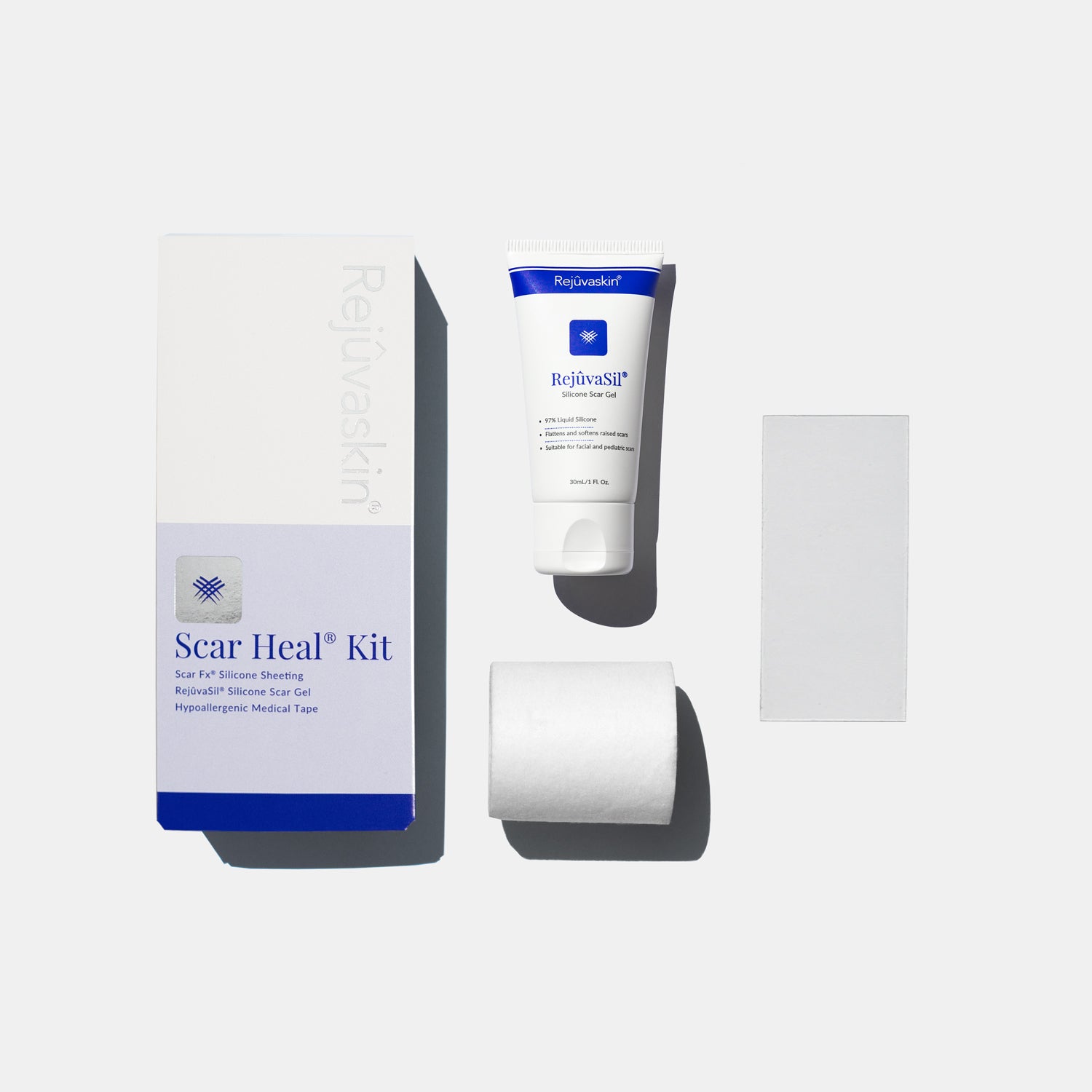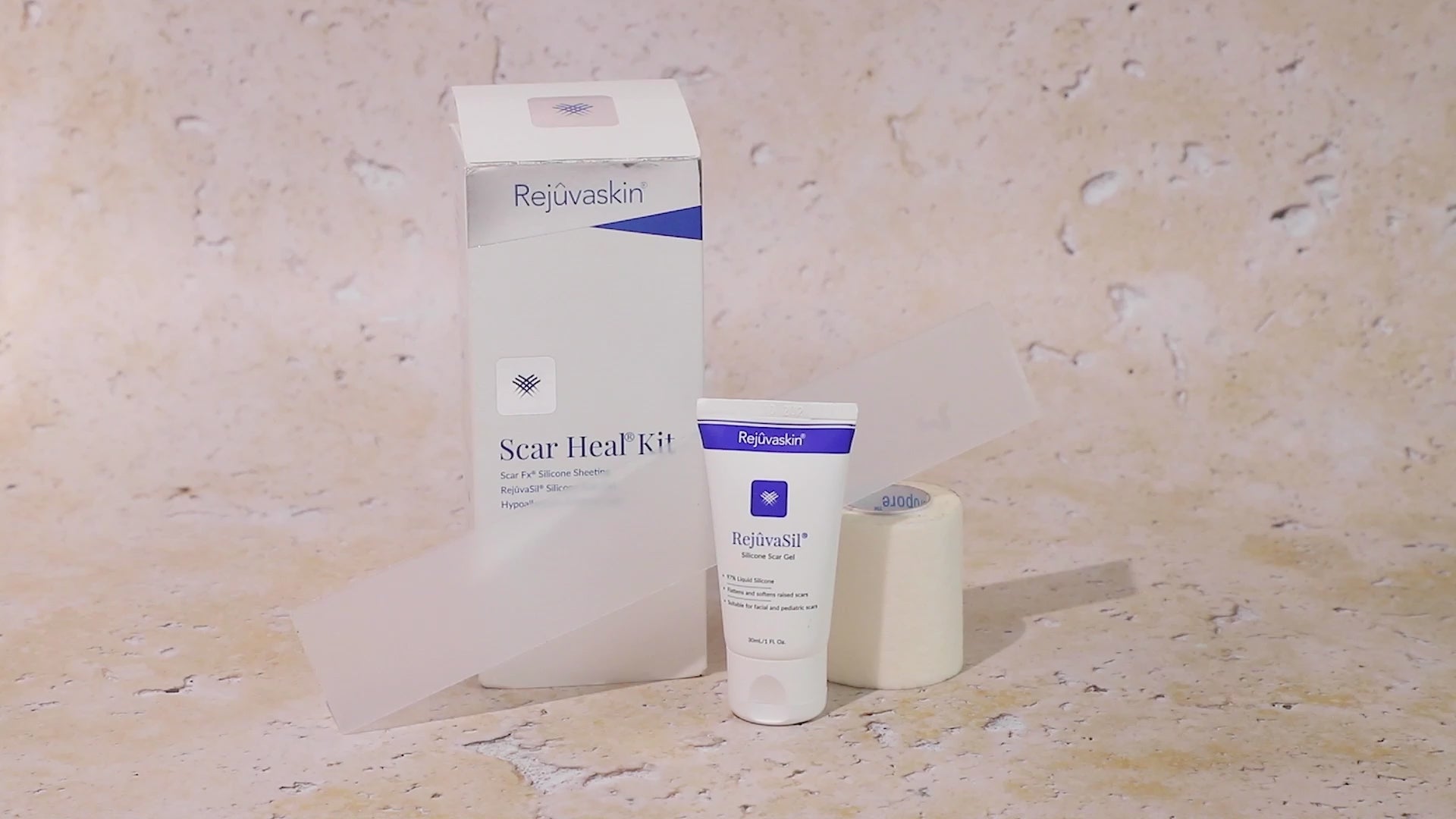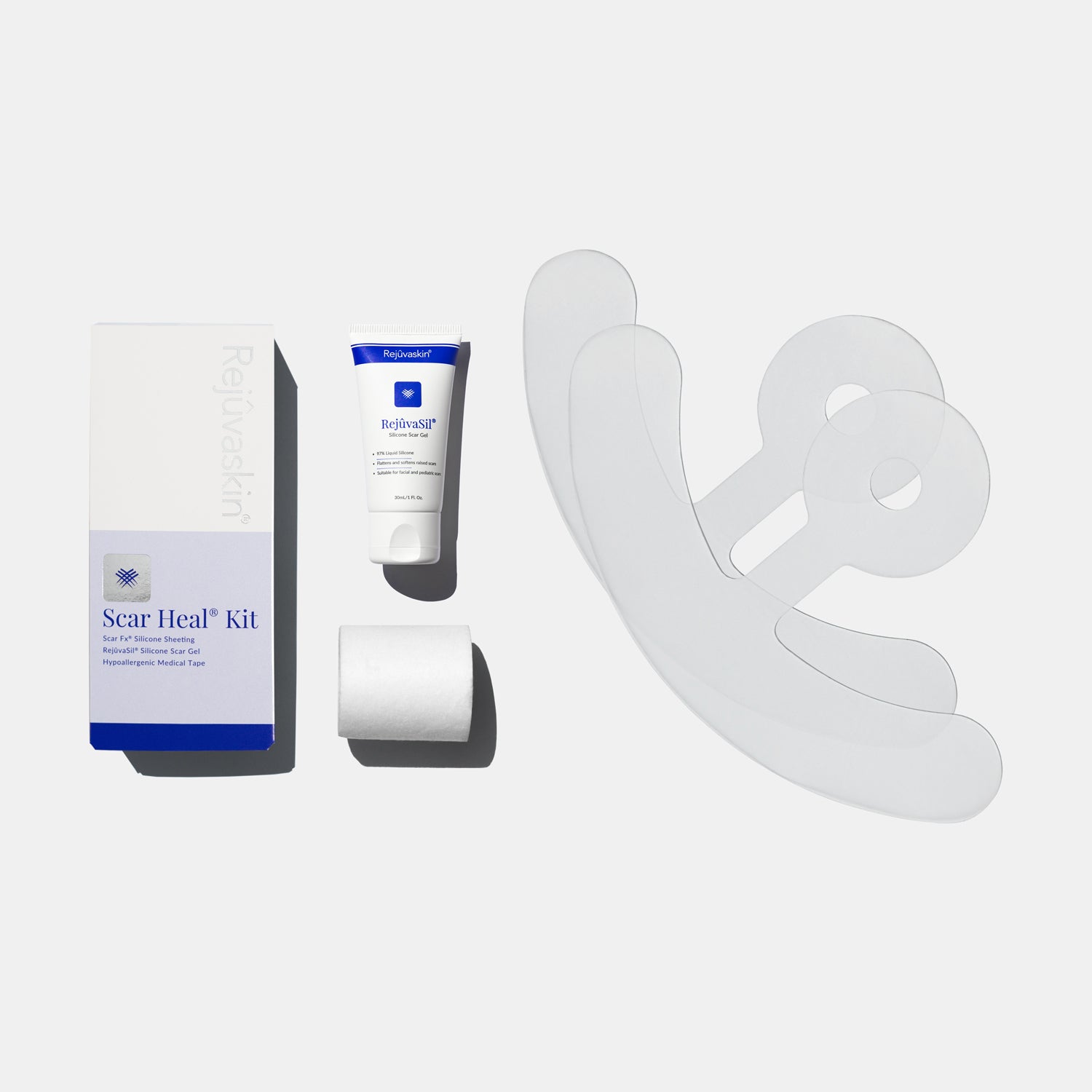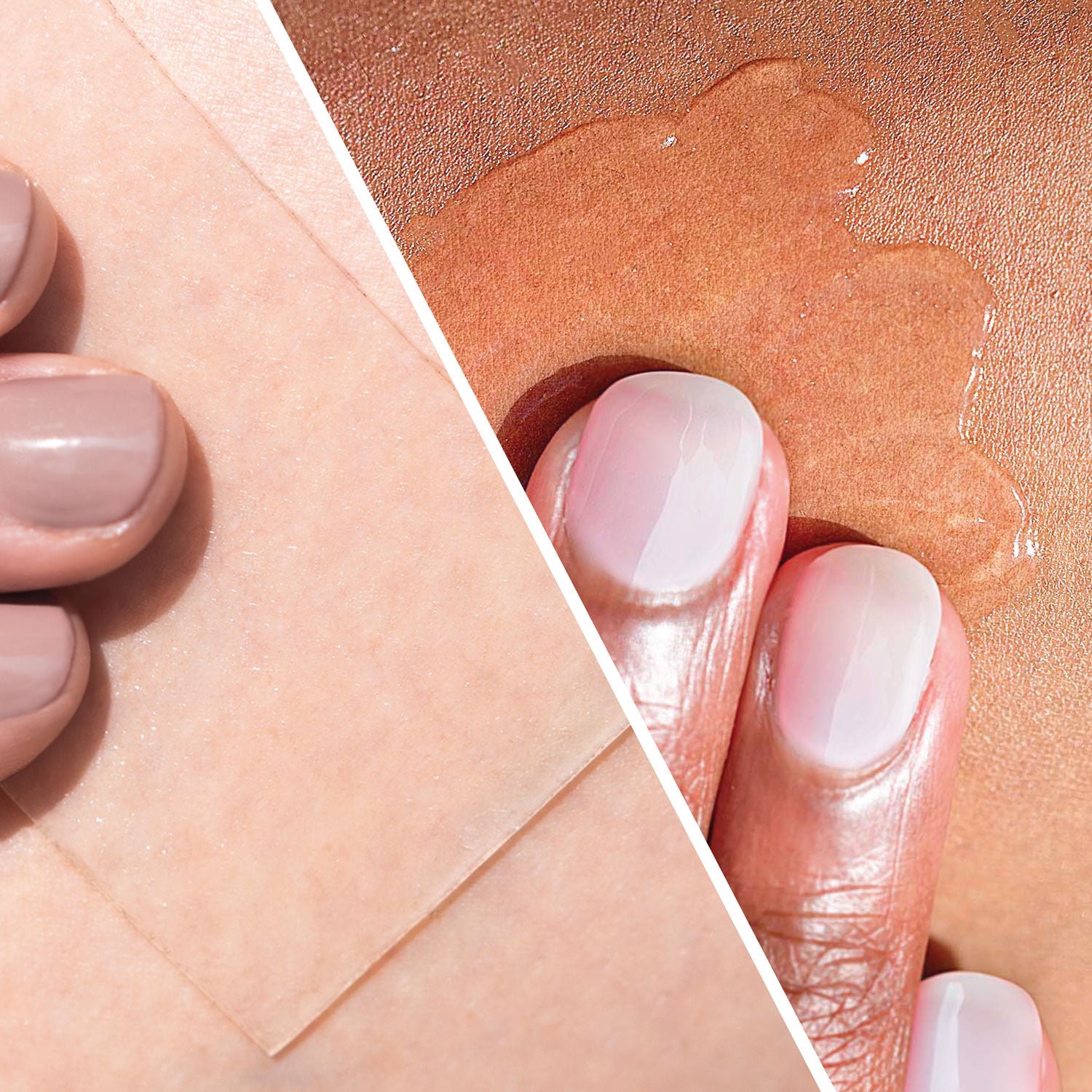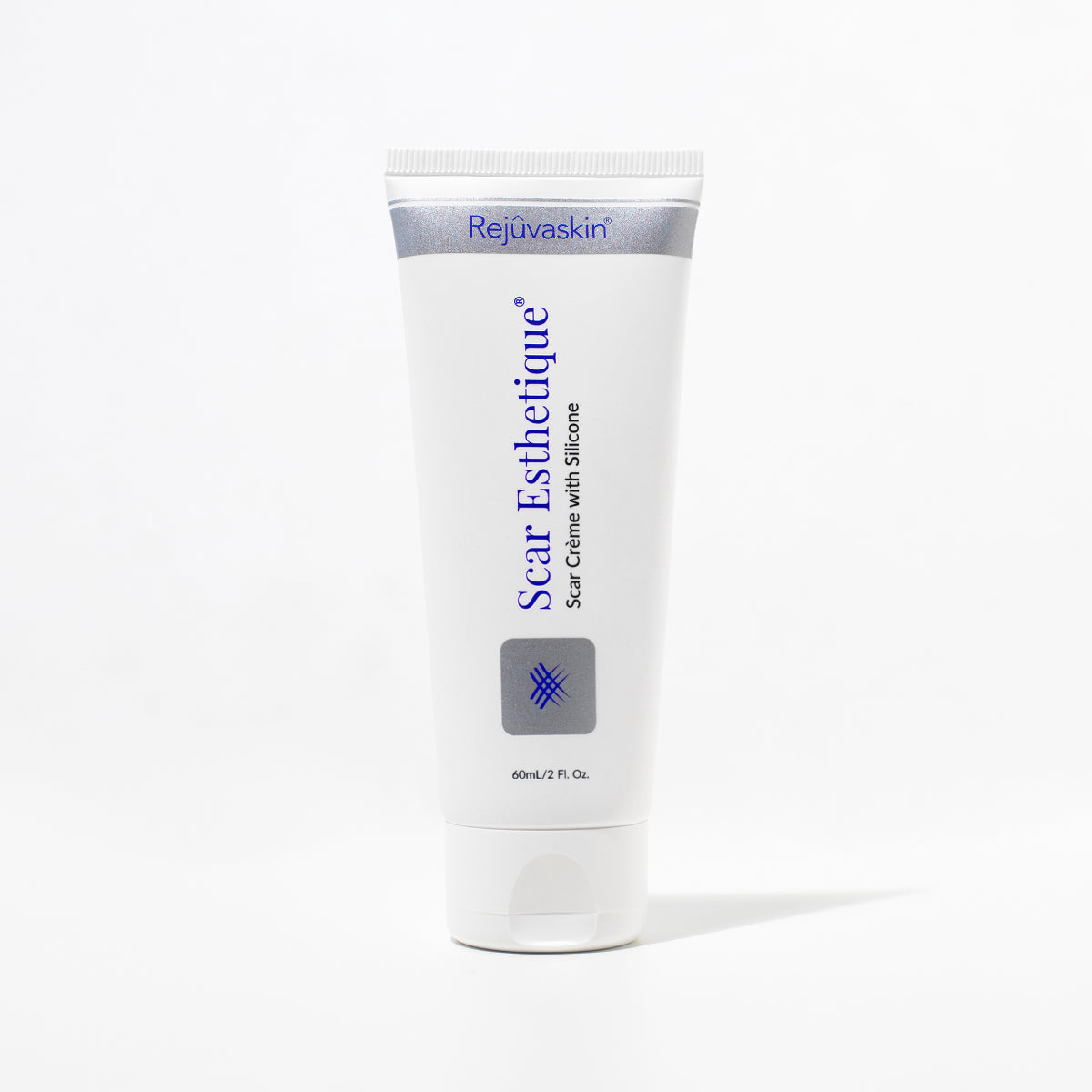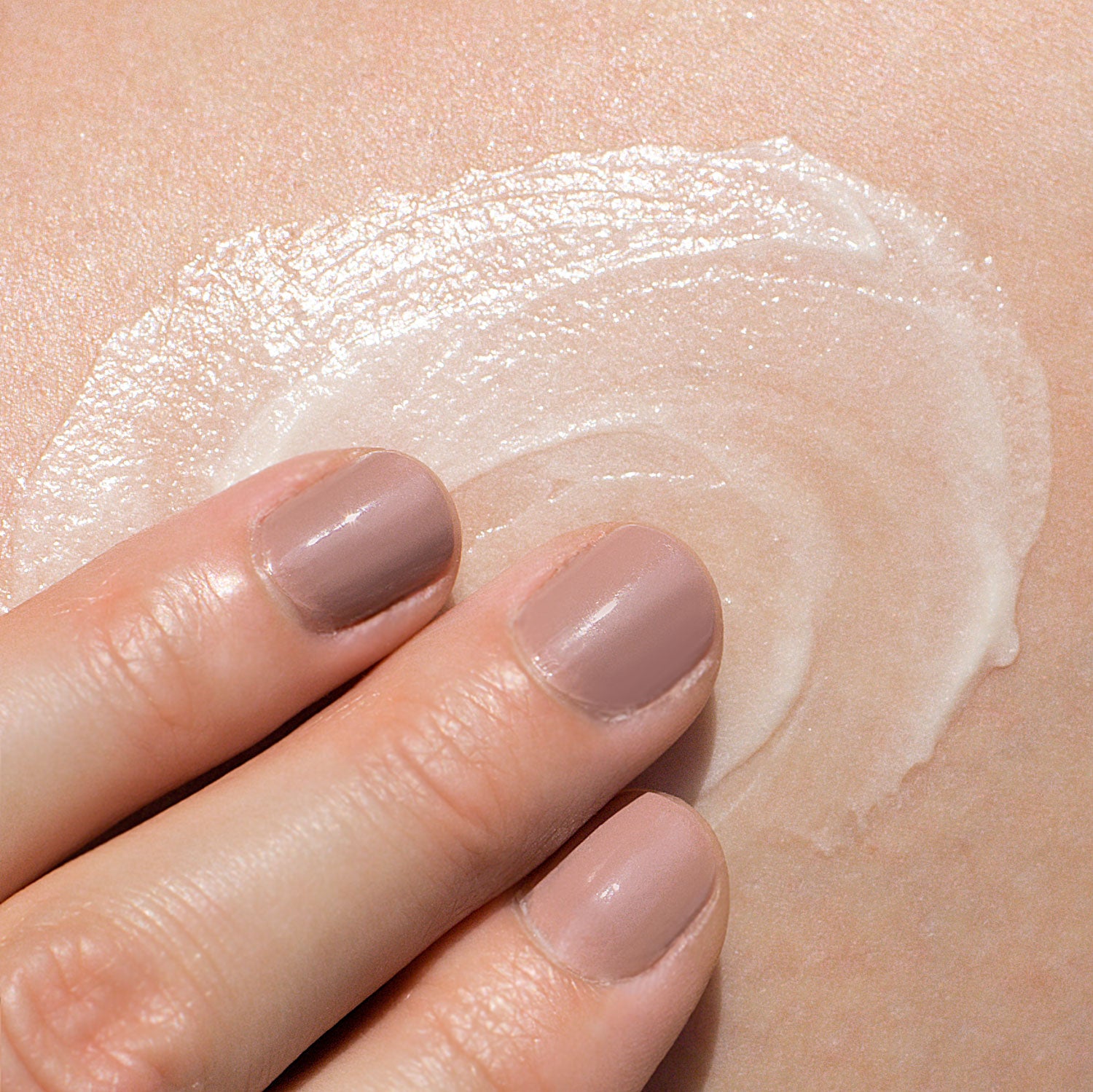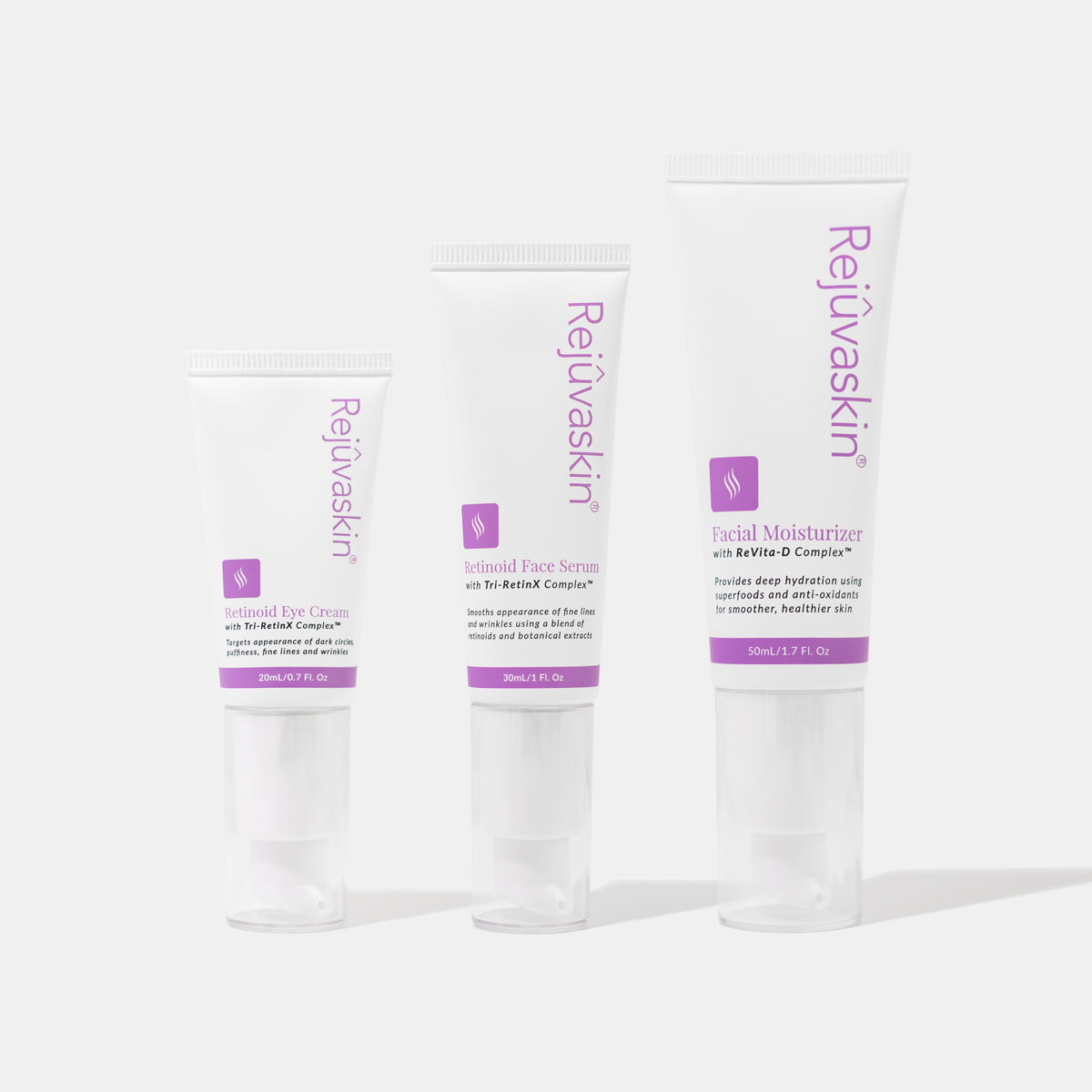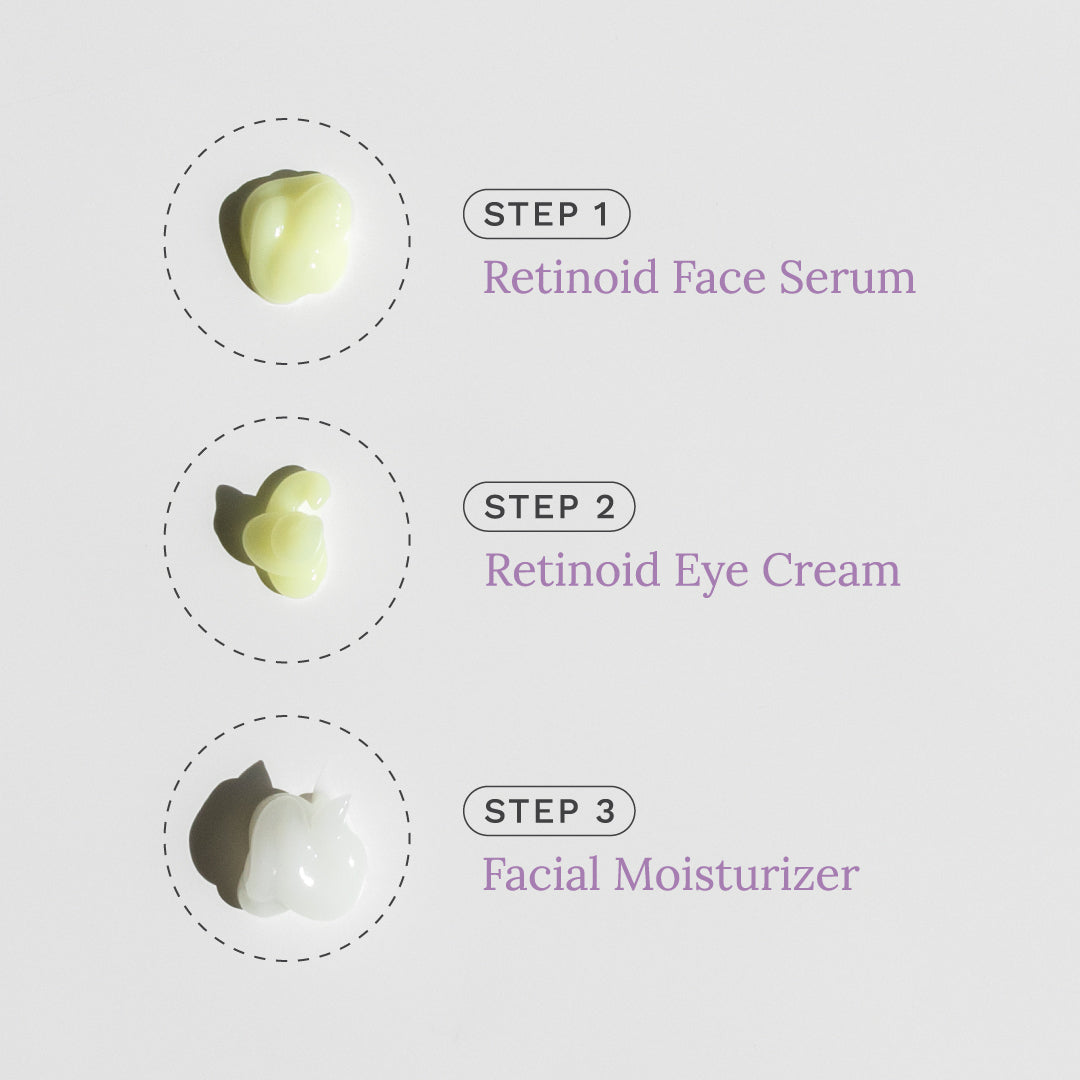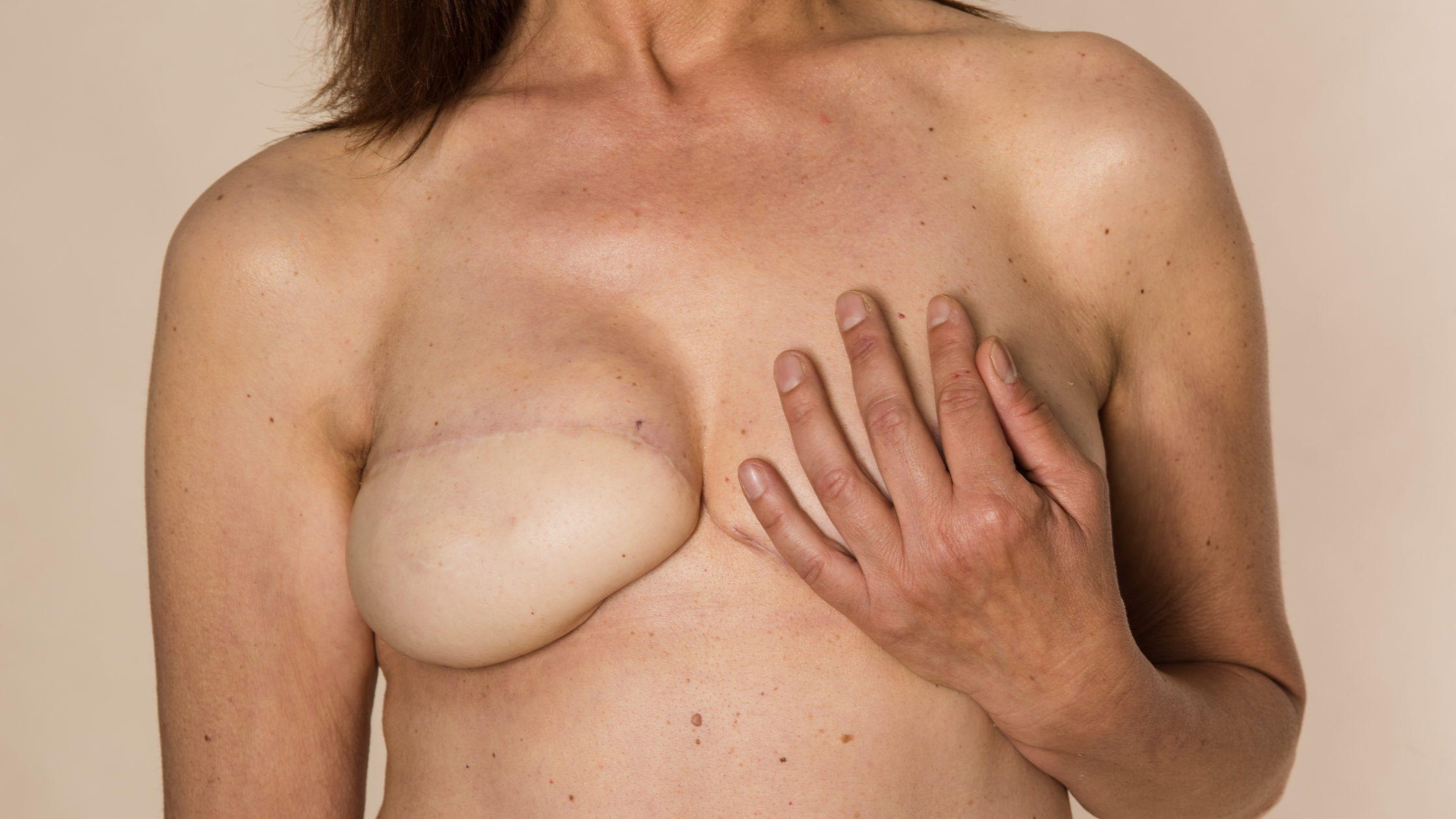If you have been battling breast cancer, or just recently discovered a lump in your breast, you’ve probably started doing research on what your options are. For some patients, their breast cancer may be large enough to warrant a full mastectomy.
Many women who must undergo this procedure also end up considering breast reconstruction surgery. This combined procedure allows survivors to not only treat their cancer, but also retain a sense of normalcy after this challenging period.
Let’s discuss the details on what happens during a mastectomy with reconstruction.
So, What Happens During a Mastectomy With Reconstruction?
As the procedure name would imply, a “mastectomy with reconstruction” will involve two main processes: removing your breast tissue and reconstructing your breast with implants or transferred fat. This is also called “immediate reconstruction” by some surgeons. For this combined surgery, your surgeon will do the following things:
- Remove the nipple and likely save it for the reconstruction phase.
- If your cancer has invaded the nipple, this won’t be possible.
- Remove your interior breast tissue (the tissue that your cancer has grown in).
- Some surgeons will also remove lymphatic tissue under your arm at this stage.
- Replace your interior breast tissue with an implant or “tissue flap” reconstruction.
- Tissue flap reconstruction will feel more natural in the breast, but it requires transplants from other areas of your body.
- Implants are generally placed behind the pectoral muscle so that they retain their shape and don’t sag.
- Close up the breast operation site with stitches. If your nipple was saved, it will be used to close the operation site.
What Does Breast Reconstruction Recovery Time Look Like?
Your recovery time and comfort during this time will depend on what type of reconstruction you underwent. If you have a general implant reconstruction, you’re looking at about six weeks of recovery time. If you choose tissue flap reconstruction, it’ll probably take a bit longer for all of your incision sites to heal and close up.
Should I Get Breast Reconstruction After A Mastectomy?
No one else can really answer this question for you. Many women choose to use prosthetics after a mastectomy, while others may decide to have breast reconstruction surgery later in life. The bottom line is that it’s your body and you get to decide how you live in it! Just as you shouldn’t feel pressured into rocking the one-boob or no-boob life as a cancer survivor if you don’t want to draw that kind of attention or questions, you also shouldn’t feel pressured into doing a breast reconstruction if you aren’t up for it.
The choice is up to you.
One thing to be aware of, however, is that having breast reconstruction surgery at the same time as your mastectomy reduces the number of times you’ll need to be under anesthesia (if you want a reconstruction later on).
How Should I Prep For This Process?
The best thing you can do is make sure that the skin on your breasts is moisturized. This will help your recovery process and minimize scarring and stretching. Secondly, make sure that you have a support system after your surgery. Recovering from any surgical procedure is difficult and you deserve all the help you can get.
How Do I Heal From Breast Reconstruction Scarring?
As with any surgery, you’re going to scar at the incision site. Scarring is a part of life, but that doesn’t mean you don’t have any say in what your final scar looks like. In fact, scar management is one of the things we focus on here at Rejuvaskin.
When it comes to healing breast surgery scars (or really, any kinds of surgical scars) there are 2 key things to keep in mind: start early, and use silicone products. As soon as your wound fully closes, you’ll want to start using either silicone sheeting or silicone gel (or both for day and night coverage) to cover the scar and prevent the overproduction of collagen that often leads to raised scar tissue.
If you take care of your incision properly and use scar-healing products like our Scar Heal Kit for Breast Procedures, you could be rocking a minimal (or hardly visible) scar in no time!
